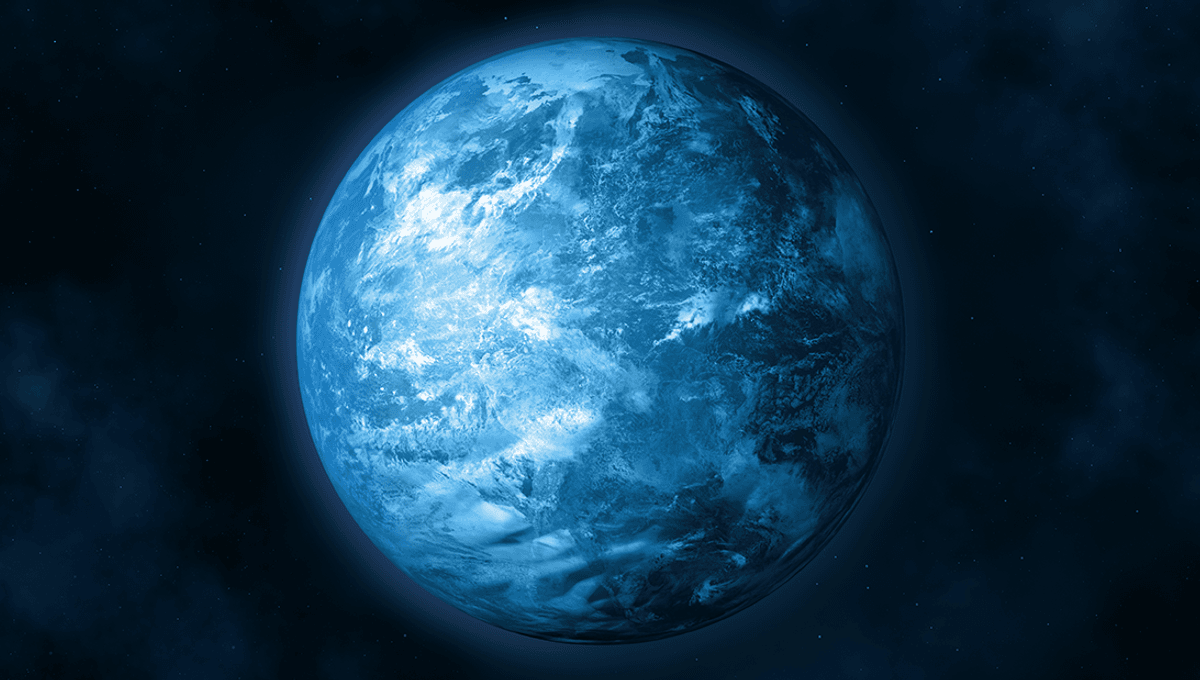
Here’s a fun fact to pull out the next particularly hot or cold day: we are technically still living in an ice age that began around 3 million years ago.
What is an ice age?
An ice age is a long period of time – from millions to hundreds of millions of years – where global temperatures are lower, and large areas of the planet are covered in ice sheets and glaciers. There have been at least five ice ages on Earth that we know of, with the longest – the Huronian ice age – lasting more than 300 million years.
During an ice age, there are periods of warmer temperatures where glaciers and ice shelves retreat, known as “interglacial periods” as well as the glacial periods, going back and forth between the two.
As far as we can tell – by comparing our current conditions with those we’ve found in the past by studying ice cores, sediment, and our old friend rocks – it’s possible we are in an interglacial period right now. The Pleistocene Ice Age began about 2.6 million years ago. With ice still covering Antarctica and Greenland we are technically still in an ice age.
How do ice ages start?
There are a number of ways that ice ages can begin, from changing levels of carbon dioxide to the disruption of ocean circulation as continents shift. The Pleistocene was likely triggered by the formation of the Isthmus of Panama land bridge between North and South America, preventing the Atlantic and Pacific Oceans from exchanging tropical water.
“By cutting off that exchange and sending warm, salty ocean water northward, the isthmus increased precipitation at high latitudes in the Northern Hemisphere,” the National Oceanic and Atmospheric Administration (NOAA) explains. “Snow accumulated into glaciers and eventually into ice sheets. These massive, sunlight-deflecting ice bodies continued the planet’s cooling trend.”
Meanwhile, the Huronian ice age – in which the whole planet may have been covered in ice in what is known as “snowball Earth” – likely had a biological cause during the Great Oxygenation Event.
“An evolutionary accident, the genesis of oxygenic photosynthesis, triggered one of the world’s worst climate disasters, the Paleoproterozoic snowball Earth,” a paper on the topic said in 2005. According to the team, oxygenic photosynthesis in the oceans greatly reduced the amount of greenhouse gas methane in the atmosphere, “and triggered a snowball event on timescales as short as 1 million years”.
Later, an ice age known as the late Paleozoic icehouse was triggered by the evolution of plants on land, and the resulting increase in oxygen and decrease in greenhouse gas CO2.
Smaller shifts in temperatures can be down to shifts in the Earth’s orbit, which varies – thanks to Jupiter’s influence – on a 96,000-year cycle. This, and other changes to Earth’s orbit and tilt, affect the advance and retreat of glacial periods.
All “explainer” articles are confirmed by fact checkers to be correct at time of publishing. Text, images, and links may be edited, removed, or added to at a later date to keep information current.
Source Link: How Do Ice Ages Start? And When Did The Current One Begin?